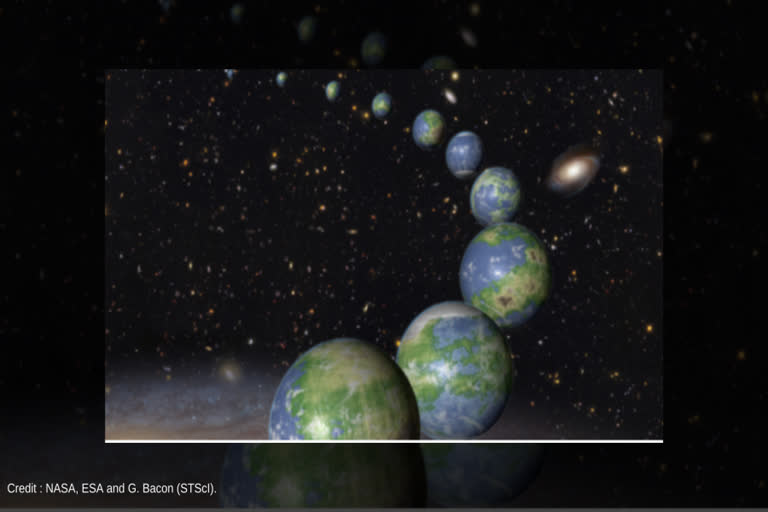Copenhagen, Denmark: According to a new study from the University of Copenhagen, Earth, Venus, and Mars were created from small dust particles containing ice and carbon. The discovery opens up the possibility that the Milky Way may be filled with aquatic planets.
Astronomers have long been looking into the vast universe in hopes of discovering alien civilizations. But for a planet to have life, liquid water must be present. The chances of that finding scenario have seemed impossible to calculate because it has been the assumption that planets like Earth get their water by chance if a large, ice asteroid hits the planet.
Now, researchers from the GLOBE Institute at the University of Copenhagen have published an eye-opening study, indicating that water may be present during the very formation of a planet. According to the study's calculations, this is true for Earth, Venus, and Mars.
'All our data suggests that water was part of Earth's building blocks, right from the beginning. And because the water molecule is frequently occurring, there is a reasonable probability that it applies to all planets in the Milky Way. The decisive point for whether liquid water is present is the distance of the planet from its star', says Professor Anders Johansen from the Centre for Star and Planet Formation who has led the study that is published in the journal Science Advances.
Using a computer model, Anders Johansen and his team have calculated how quickly planets are formed, and from which building blocks. The study indicates that it was millimeter-sized dust particles of ice and carbon - which are known to orbit around all young stars in the Milky Way - that 4.5 billion years ago accreted in the formation of what would later become Earth.
The theory, called 'pebble accretion', is that planets are formed by pebbles that are clumping together, and that the planets then grow larger and larger.
Anders Johansen explains that the water molecule H2O is found everywhere in our galaxy and that the theory, therefore, opens up the possibility that other planets may have been formed in the same way as Earth, Mars, and Venus.
'All planets in the Milky Way may be formed by the same building blocks, meaning that planets with the same amount of water and carbon as Earth - and thus potential places where life may be present - occur frequently around other stars in our galaxy, provided the temperature is right, he says.
'With our model, all planets get the same amount of water, and this suggests that other planets may have not just the same amount of water and oceans, but also the same amount of continents as here on Earth. It provides good opportunities for the emergence of life, he says.
Also Read: NASA rover sends 1st colour images of Mars, a selfie too



